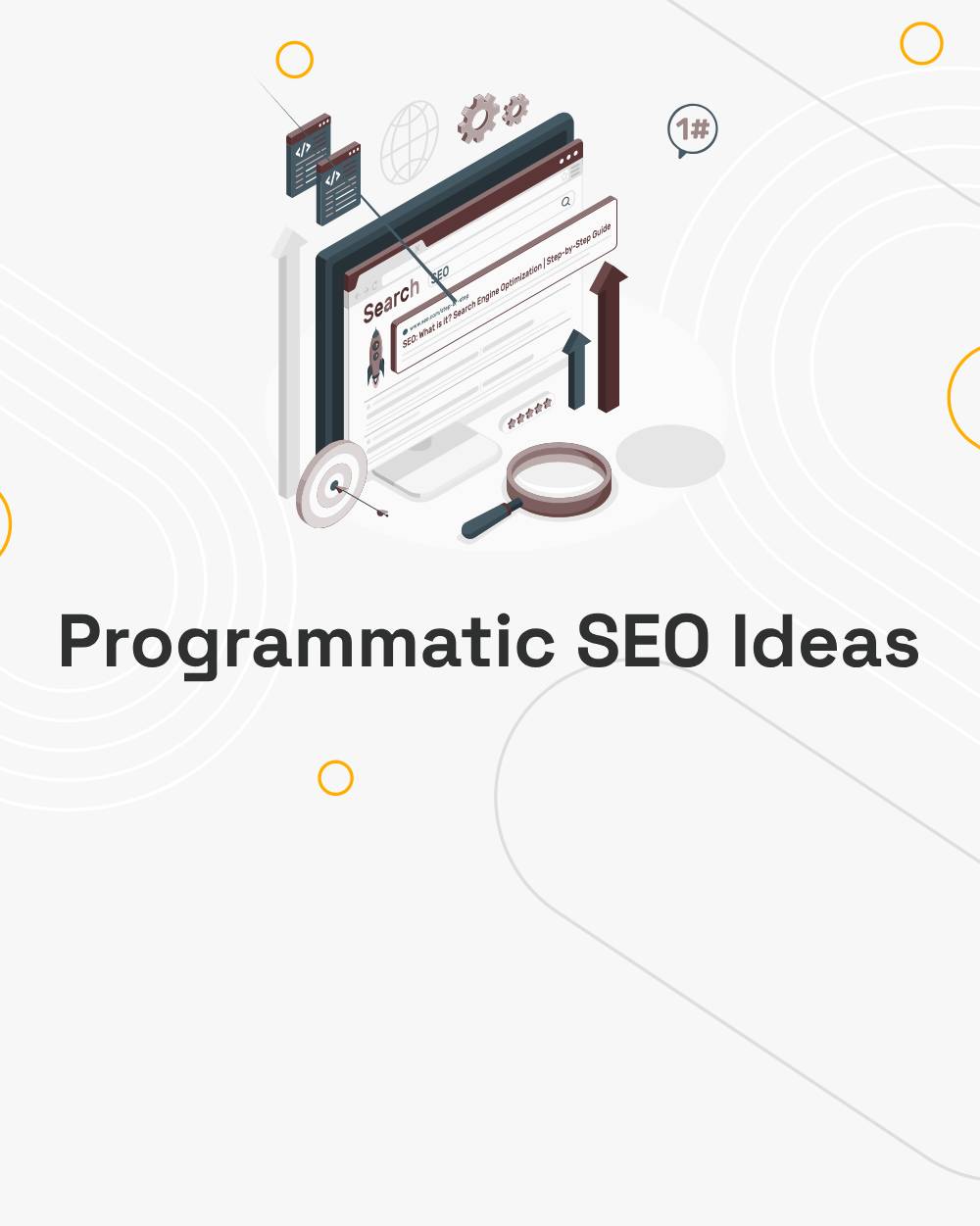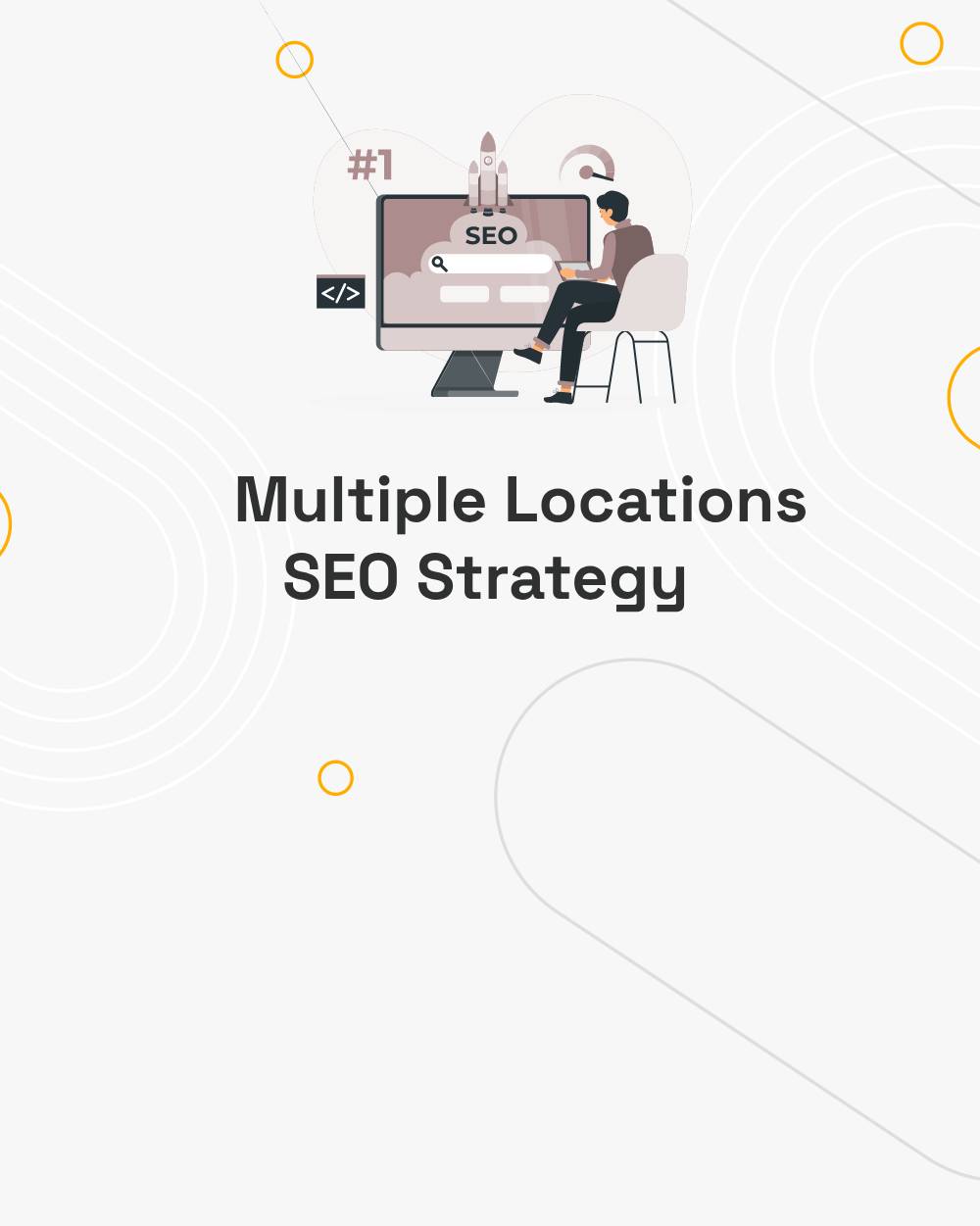Programmatic SEO has emerged as a powerful strategy for scaling content creation and capturing long-tail keywords at scale. However, without proper implementation, this approach can lead to significant issues that may harm your website’s search performance. In this comprehensive guide, we’ll explore the most common mistakes in programmatic SEO and how to avoid them.
Understanding Programmatic SEO Fundamentals
Before diving into the mistakes, let’s establish what programmatic SEO entails. Programmatic SEO involves automatically generating many pages based on data-driven templates to target specific search queries. While this approach can be highly effective, it’s also prone to several pitfalls that can undermine your entire strategy.
1. Poor Template Design and Content Quality
One of the most critical mistakes in programmatic SEO is creating weak page templates that produce low-quality content. Many websites fall into this trap by:
- Using overly rigid templates that create robotic-sounding content
- Failing to incorporate natural language variations
- Not accounting for different content scenarios within the template
- Creating templates that don’t add genuine value to users
To avoid these issues, focus on developing flexible templates that can handle various data inputs while maintaining readability and usefulness. Include multiple content blocks that can be conditionally rendered based on available data, and ensure your templates sound natural when populated with different variables.
2. Insufficient Data Quality Control
Data quality is the foundation of successful programmatic SEO, yet many practitioners overlook its importance. Common data-related mistakes include:
- Not cleaning and normalizing input data properly
- Failing to handle edge cases and unusual data formats
- Using outdated or inaccurate information
- Not implementing proper error handling for missing data
Implement robust data validation processes and regularly audit your data sources. Create fallback options for missing or invalid data, and establish a system for regular data updates to ensure content remains accurate and relevant.
3. Overgeneration of Similar Pages
Many websites generate too many pages with minimal differences, leading to:
- Thin content issues
- Keyword cannibalization
- Wasted crawl budget
- Potential Google penalties
To avoid this, implement strict criteria for page generation:
- Ensure each generated page has unique, valuable content
- Set minimum thresholds for data variation
- Regularly audit generated pages for uniqueness and value
- Implement proper canonical tags when necessary
4. Inadequate Technical Implementation
Technical mistakes can severely impact the success of your programmatic SEO efforts. Common technical issues include:
- Poor URL structure and management
- Slow page load times due to inefficient data handling
- Improper handling of metadata generation
- Insufficient server resources for large-scale page generation
Address these issues by:
- Implementing a clear and scalable URL structure
- Optimizing database queries and caching mechanisms
- Using efficient content delivery networks (CDNs)
- Implementing proper server-side rendering when necessary
5. Lack of User Intent Alignment
Many programmatic SEO implementations focus too much on keywords and not enough on user intent. This results in:
- Pages that don’t satisfy user queries
- High bounce rates
- Poor engagement metrics
- Lower search rankings
To better align with user intent:
- Research and map different user intents within your target market
- Create template variations for different types of searches
- Include interactive elements and calls-to-action that match user goals
- Regularly analyze user behavior data to improve alignment
6. Insufficient Content Differentiation
Creating truly unique content at scale is challenging, but insufficient differentiation can lead to:
- Content duplication issues
- Difficulty ranking multiple pages
- Poor user experience
- Reduced search visibility
Improve content differentiation by:
- Using multiple data points to create unique angles
- Incorporating location-specific information when relevant
- Adding dynamic elements based on user behavior or preferences
- Including unique insights or analysis in each generated page
7. Poor Internal Linking Strategy
Many programmatic SEO implementations fail to implement effective internal linking, resulting in:
- Isolated content silos
- Poor page authority distribution
- Difficulty in crawling and indexing
- Missed opportunities for user journey optimization
Develop a comprehensive internal linking strategy that:
- Creates logical content hierarchies
- Distributes page authority effectively
- Helps users navigate related content
- Supports your overall site structure
8. Inadequate Performance Monitoring
Without proper monitoring, programmatic SEO efforts can go off track quickly. Common monitoring mistakes include:
- Not tracking key performance metrics
- Failing to identify and address technical issues promptly
- Not monitoring search engine crawling and indexing
- Overlooking user engagement metrics
Implement comprehensive monitoring solutions that track:
- Page performance and loading times
- Crawling and indexing status
- User engagement metrics
- Search rankings and visibility
- Error rates and technical issues
9. Neglecting Mobile Optimization
With mobile-first indexing, failing to optimize programmatically generated pages for mobile devices can severely impact your SEO success. Common mobile optimization mistakes include:
- Poor responsive design implementation
- Slow loading times on mobile devices
- Difficult-to-use navigation on small screens
- Unoptimized images and media
Ensure your programmatic SEO implementation includes:
- Mobile-first design principles
- Optimized media loading for mobile devices
- Touch-friendly navigation elements
- Fast loading times across all devices
10. Lack of Regular Content Updates
Static programmatically generated content can become outdated quickly. Common update-related mistakes include:
- Not refreshing data regularly
- Failing to remove obsolete content
- Not updating templates to reflect new trends or requirements
- Ignoring seasonal variations in content needs
Implement a regular content maintenance strategy that includes:
- Automated data refresh processes
- Regular template reviews and updates
- Content retirement procedures
- Seasonal content planning
Conclusion
Successful programmatic SEO requires careful attention to detail and a comprehensive understanding of both technical and content-related factors. By avoiding these common mistakes and implementing proper solutions, you can create a scalable and effective programmatic SEO strategy that drives sustainable organic traffic growth.
Remember that programmatic SEO is not a “set it and forget it” solution. Regular monitoring, updating, and optimization are essential for long-term success. Stay vigilant about quality control, keep user experience at the forefront of your strategy, and continuously test and refine your approach based on performance data and user feedback.




